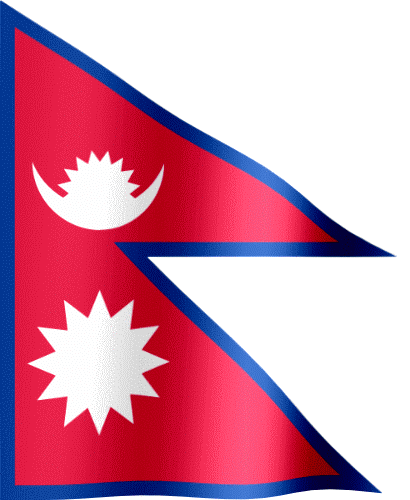Bhaktapur, also known as Bhadgaon, is an ancient city located in the Kathmandu Valley of Nepal. It was founded in the 12th century and was one of the three royal cities of the valley along with Kathmandu and Patan.
The city was ruled by the Malla dynasty, who were great patrons of art and architecture. During their reign, Bhaktapur flourished as a center of culture and religion. Many of the temples, palaces, and public squares in Bhaktapur were built during this period.
In the 15th century, King Yaksha Malla built the famous Nyatapola Temple, which is one of the tallest and most impressive pagoda-style temples in Nepal. He also built the Bhairava Nath Temple, which is dedicated to the Hindu deity Bhairava.
Bhaktapur was also an important center of trade, and its craftsmen were renowned for their skills in pottery, weaving, and woodcarving. The city's markets were famous for their intricate metalwork, pottery, and textiles.
During the 18th century, the city was attacked by the Gurkha army of King Prithvi Narayan Shah, who sought to unify Nepal under his rule. Bhaktapur put up a fierce resistance, but was eventually defeated and incorporated into the new Kingdom of Nepal.
Despite the loss of its political autonomy, Bhaktapur continued to thrive as a center of culture and religion. Its temples, palaces, and public squares remain some of the best examples of traditional Nepalese architecture and design.
Today, Bhaktapur is a UNESCO World Heritage Site and is renowned for its rich cultural heritage, festivals, and traditions. It attracts thousands of visitors every year who come to explore its ancient streets, marvel at its temples and palaces, and experience its unique blend of Hindu and Buddhist culture.
 |
| Photo of Bhaktapur Durbar Square |

